The Grantham Garden Club's public plant sale has become part of the fabric of our little town. I recently learned the history of the sales and want to share it with you. In 2002 the fledgling club didn't have sufficient funds to purchase flowers in advance. The sale was made possible by Bloomin' Acres who didn't take money until after the sale (and even took back the few plants that didn't sell). The first plant sale coordinators were Maureen D'Agostino and Joyce Coviello who handed out flower assignments to club members. The volunteers drove to Bloomin' Acres in Newport and had the pleasure of picking out pretty flowers and loading them in their cars to take to the church basement where the Town Hall was located. The proceeds from that first sale were donated to the Dunbar Free Library. Subsequent sales' proceeds funded scholarships, educational programs, and town beautification. (To date $40,500 have been awarded to students pursuing degrees in the environmental sciences.)
Carole White was in charge of the perennial piece of the sales for many years. Every member of the club donated two perennial plants which meant pure profit for the club. This nice practice is no longer an option given the arrival of Asian jumping worms and the potential of spreading them. Carole and JoAnn Pippin handled public relations for many years including putting up all those plant sale signs around town. Back then the club didn't rent a unit, so Carole stored the large metal signs under her deck.
To quote Carole White "The plant sale began outside the white church, then graduated to their basement and finally to Town Hall where we truly 'bloomed.' (Pun intended). The plant sale grew so big, we even had a holding area where customers could leave a big box or hanging plant with us and continue shopping."
In 2004, plants were purchased from Pleasant View Gardens in Louson, NH. When Maureen got a call that the truck was on its way, she called the GGC’s Telephone Lead to get the telephone chain started. Before cell phones, the fastest way to get the word out was to set up the plan in advance with folks calling the people on their list.
When Maureen became ill in 2005, Claire Vogel took over the sale. That was the year that the new town hall opened. When Claire asked to use the town hall for the plant sale, the response was understandable reticence given the idea of plants and their accompanying dirt brought into the new building. They finally agreed when Claire promised that the room would be left exactly as it was found. Near the end of the sale, Claire was aghast to see that the tiled floor had red and purple stains on it and realized that some geranium, begonia, and fuchsia petals had fallen and been ground in by busy shoppers. Despite scrubbing as hard as possible, the stains could still be detected. Active garden club member Marilyn Mullen came to the rescue. Marilyn hurried home and brought back lots of cleaning products. Sure enough, with a little elbow grease, the floor soon looked pristine. Phew!
Another obstacle in the those days was that the Town Hall had only two tables. The Fire Station lent the tables that they use for their annual Old Home Day chicken barbeque. The tables had to be transported to and from the Fire Station which makes us appreciate the convenience of all the tables and chairs available at Town Hall nowadays.
There's more to the story--stay tuned for Part 2.
Carole White was in charge of the perennial piece of the sales for many years. Every member of the club donated two perennial plants which meant pure profit for the club. This nice practice is no longer an option given the arrival of Asian jumping worms and the potential of spreading them. Carole and JoAnn Pippin handled public relations for many years including putting up all those plant sale signs around town. Back then the club didn't rent a unit, so Carole stored the large metal signs under her deck.
To quote Carole White "The plant sale began outside the white church, then graduated to their basement and finally to Town Hall where we truly 'bloomed.' (Pun intended). The plant sale grew so big, we even had a holding area where customers could leave a big box or hanging plant with us and continue shopping."
In 2004, plants were purchased from Pleasant View Gardens in Louson, NH. When Maureen got a call that the truck was on its way, she called the GGC’s Telephone Lead to get the telephone chain started. Before cell phones, the fastest way to get the word out was to set up the plan in advance with folks calling the people on their list.
When Maureen became ill in 2005, Claire Vogel took over the sale. That was the year that the new town hall opened. When Claire asked to use the town hall for the plant sale, the response was understandable reticence given the idea of plants and their accompanying dirt brought into the new building. They finally agreed when Claire promised that the room would be left exactly as it was found. Near the end of the sale, Claire was aghast to see that the tiled floor had red and purple stains on it and realized that some geranium, begonia, and fuchsia petals had fallen and been ground in by busy shoppers. Despite scrubbing as hard as possible, the stains could still be detected. Active garden club member Marilyn Mullen came to the rescue. Marilyn hurried home and brought back lots of cleaning products. Sure enough, with a little elbow grease, the floor soon looked pristine. Phew!
Another obstacle in the those days was that the Town Hall had only two tables. The Fire Station lent the tables that they use for their annual Old Home Day chicken barbeque. The tables had to be transported to and from the Fire Station which makes us appreciate the convenience of all the tables and chairs available at Town Hall nowadays.
There's more to the story--stay tuned for Part 2.
Please help me identify the 'unknown' folks, and I'll update it.. Thank you!




























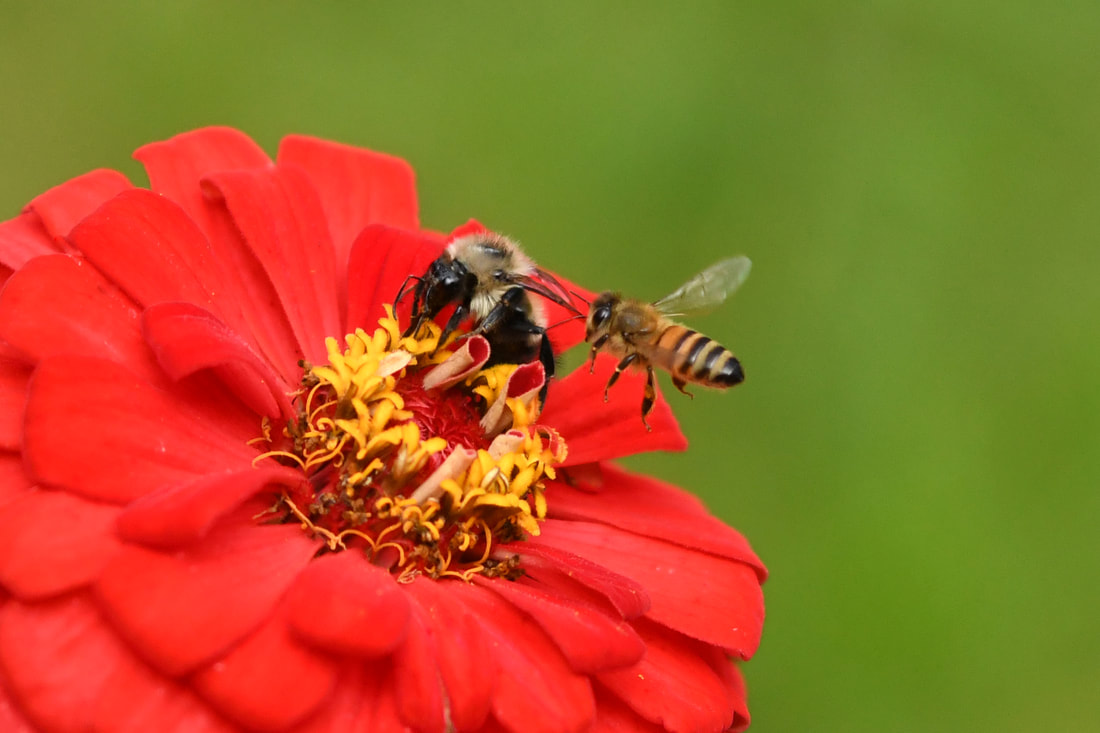


































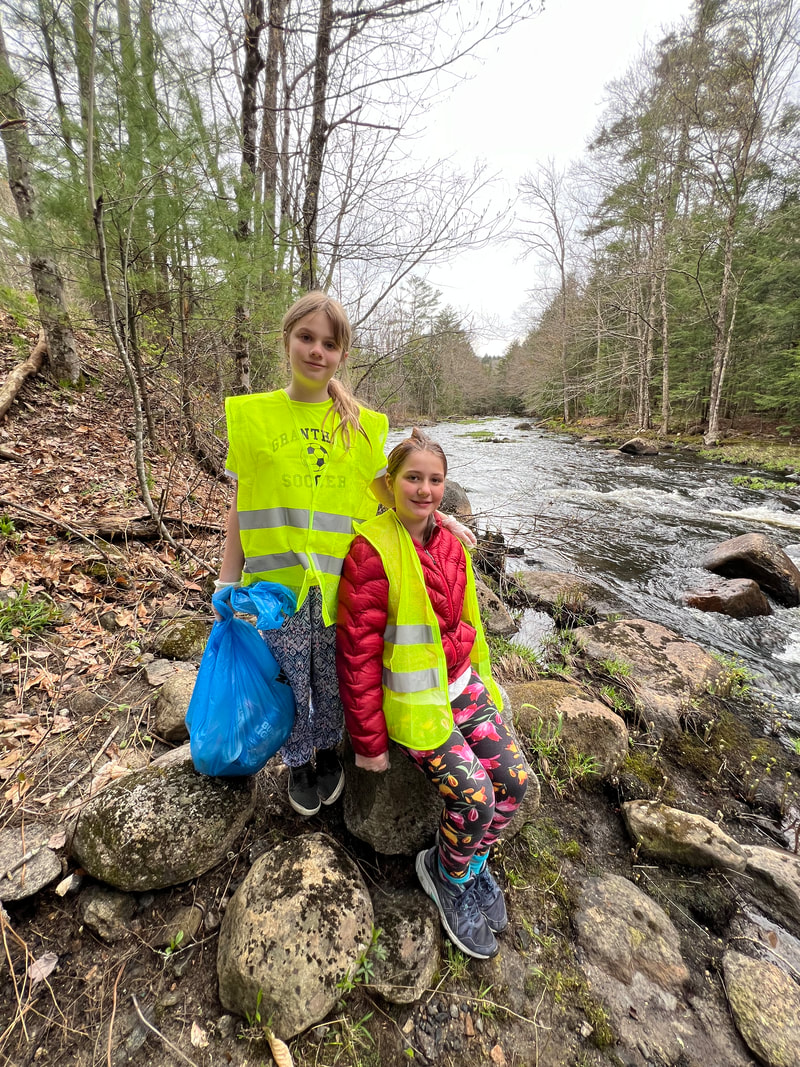








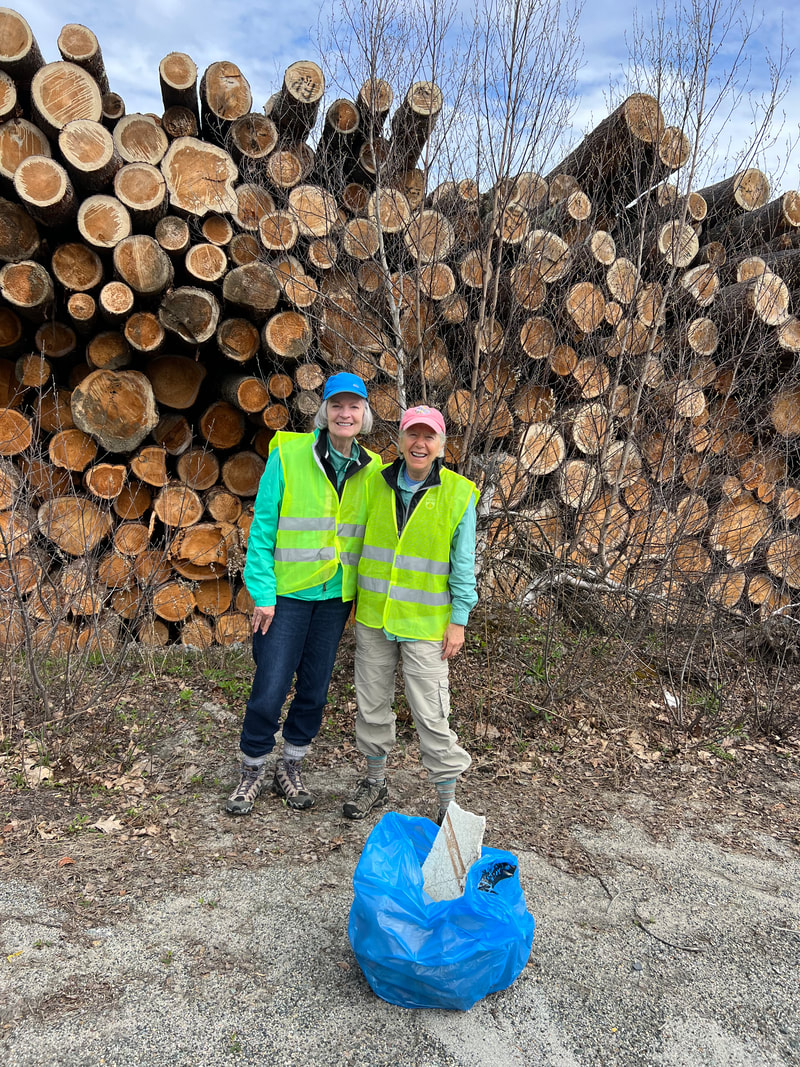
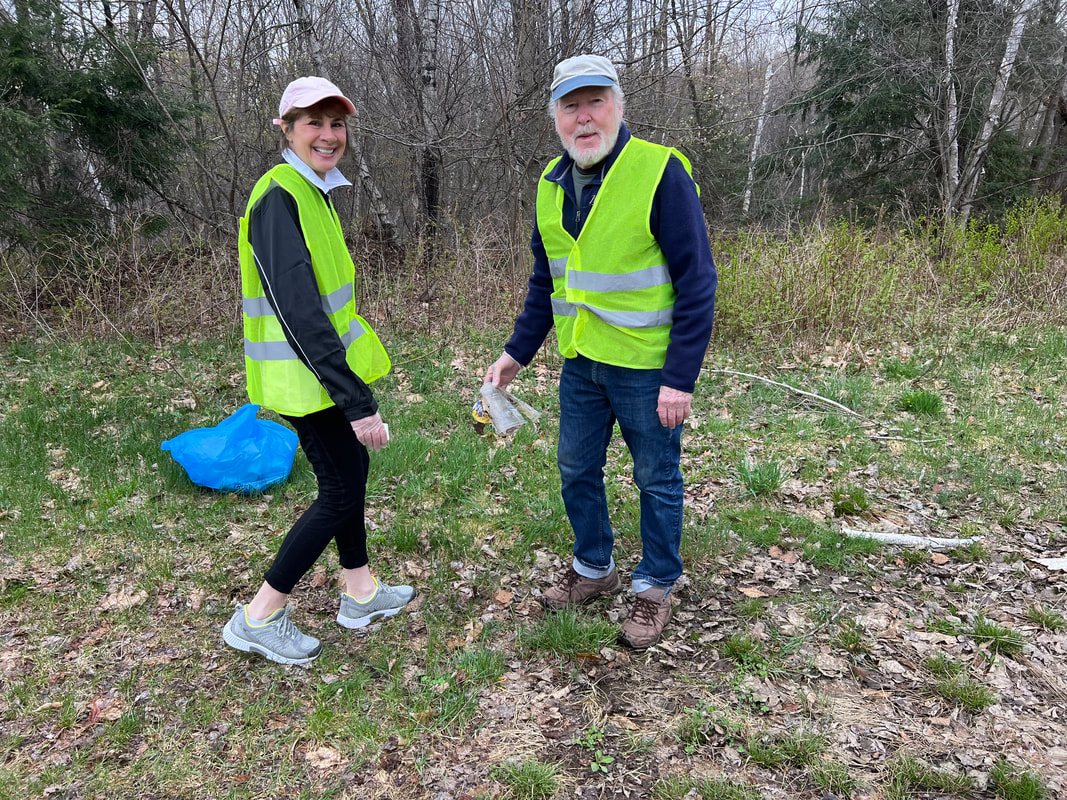





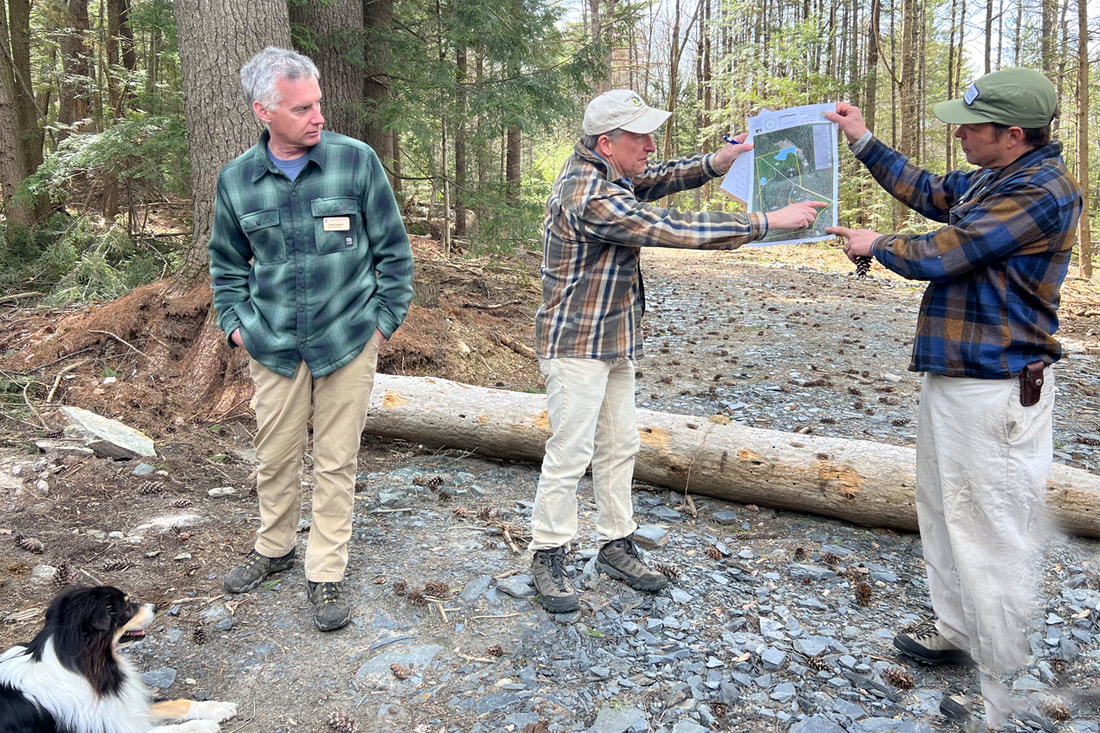
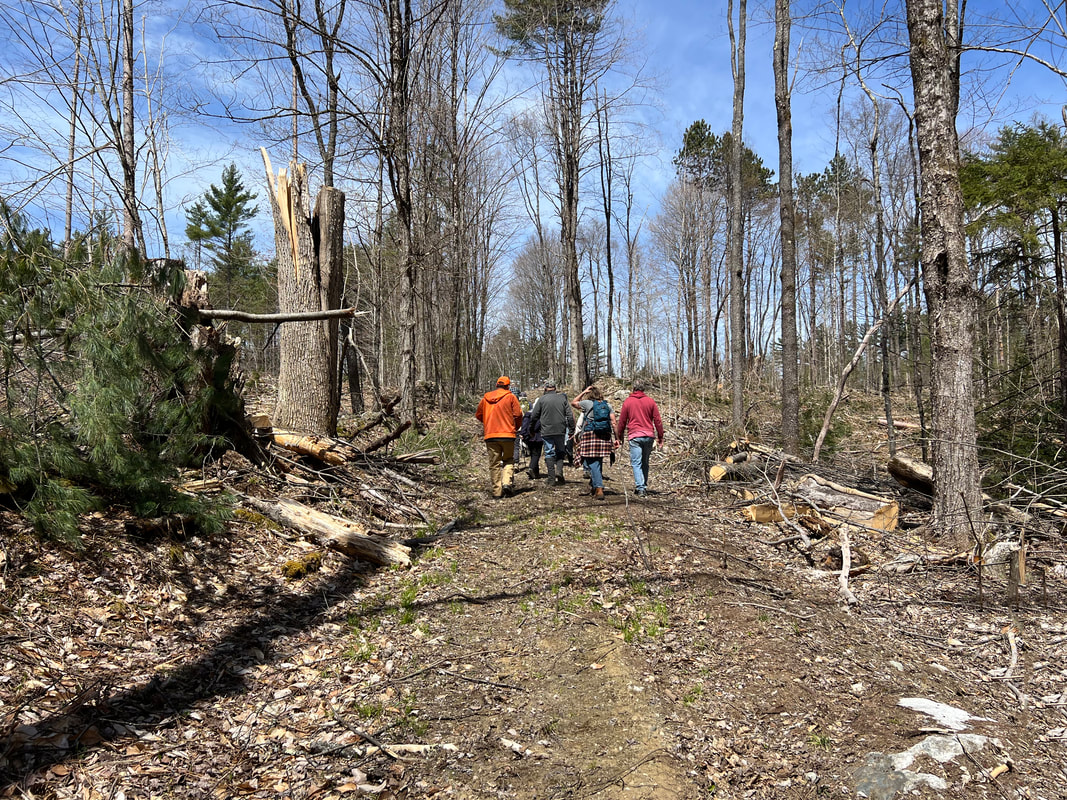
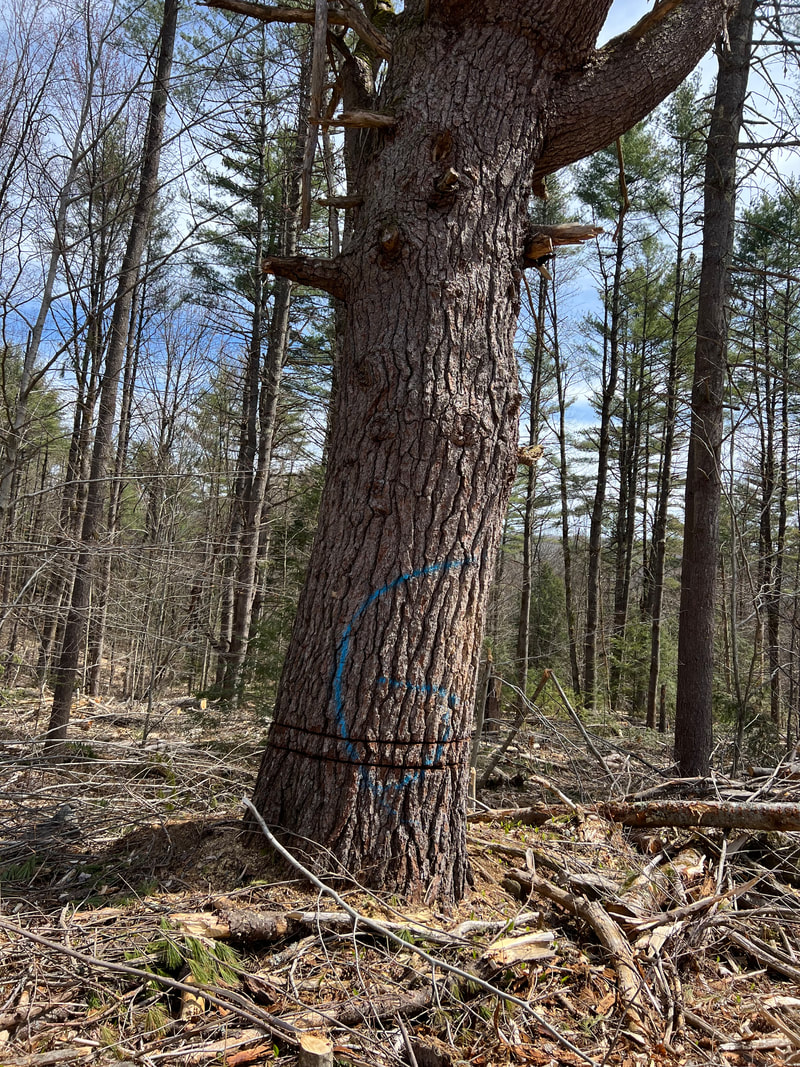
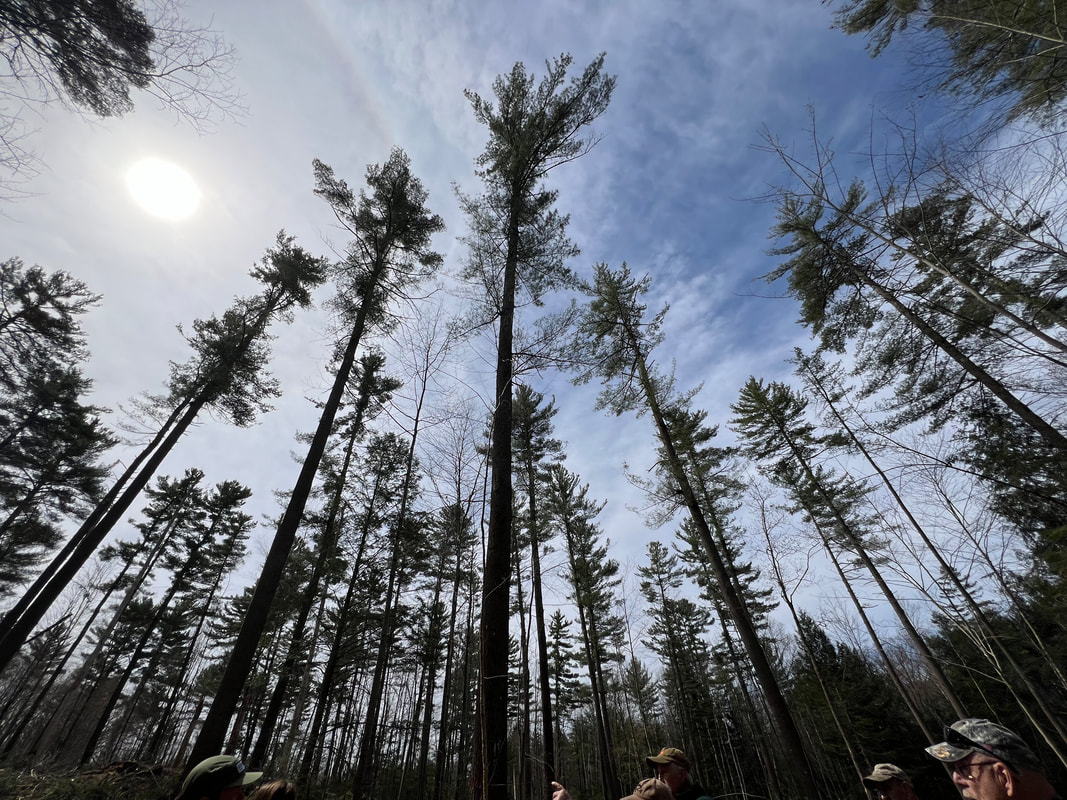
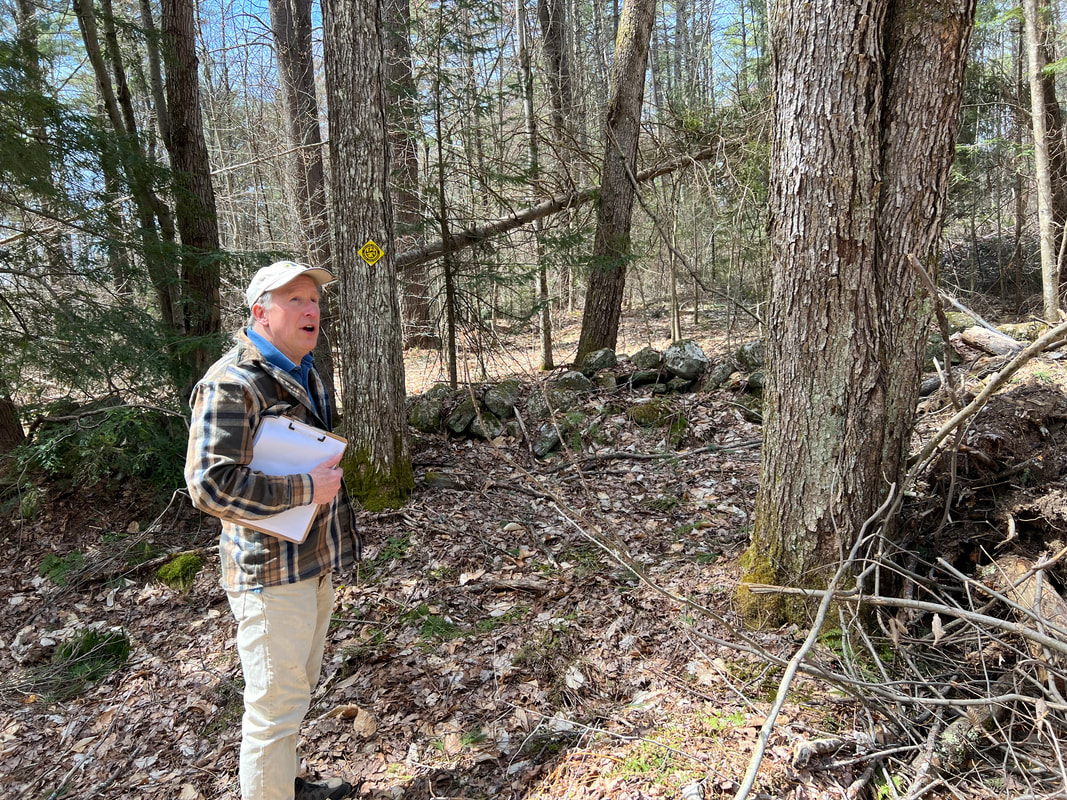
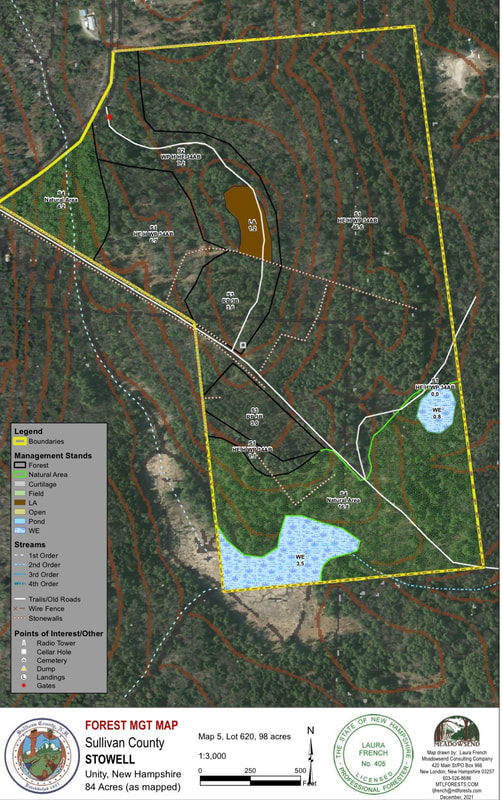
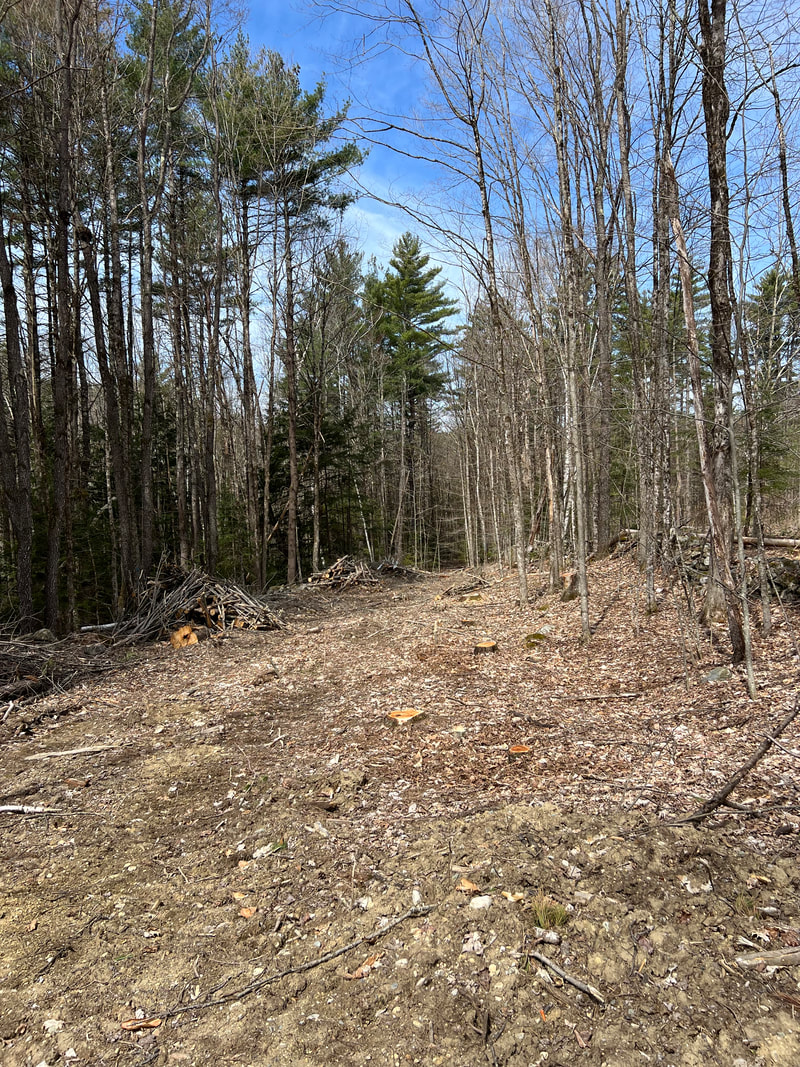
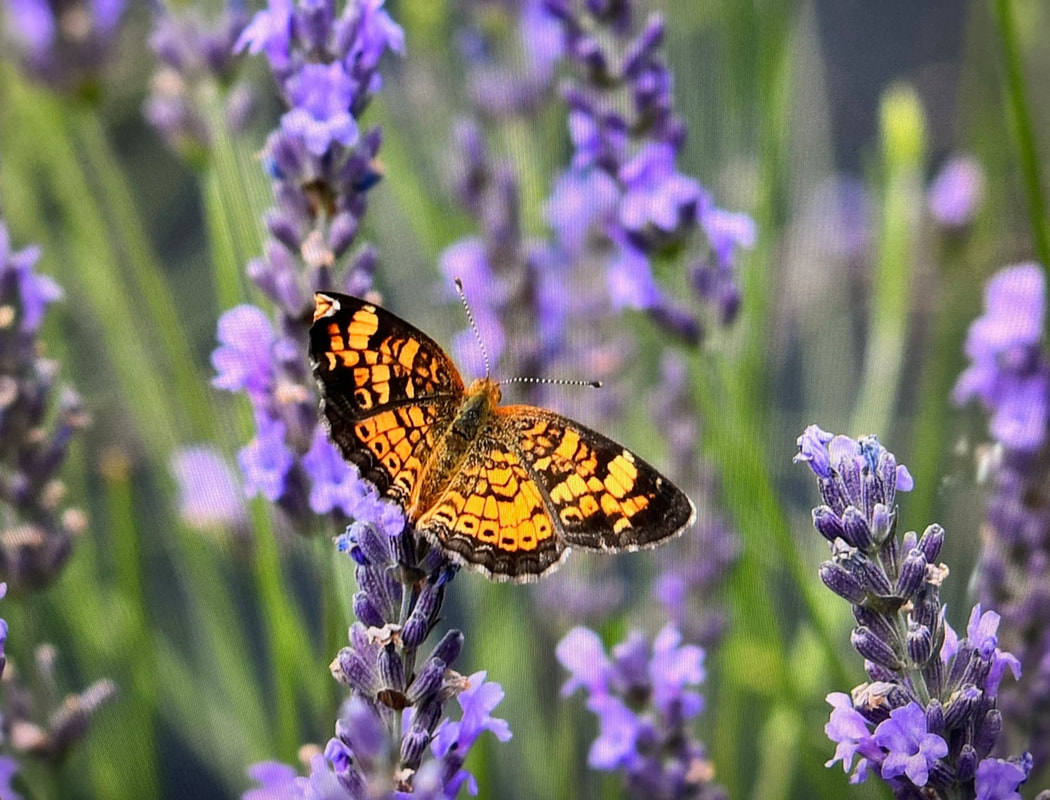
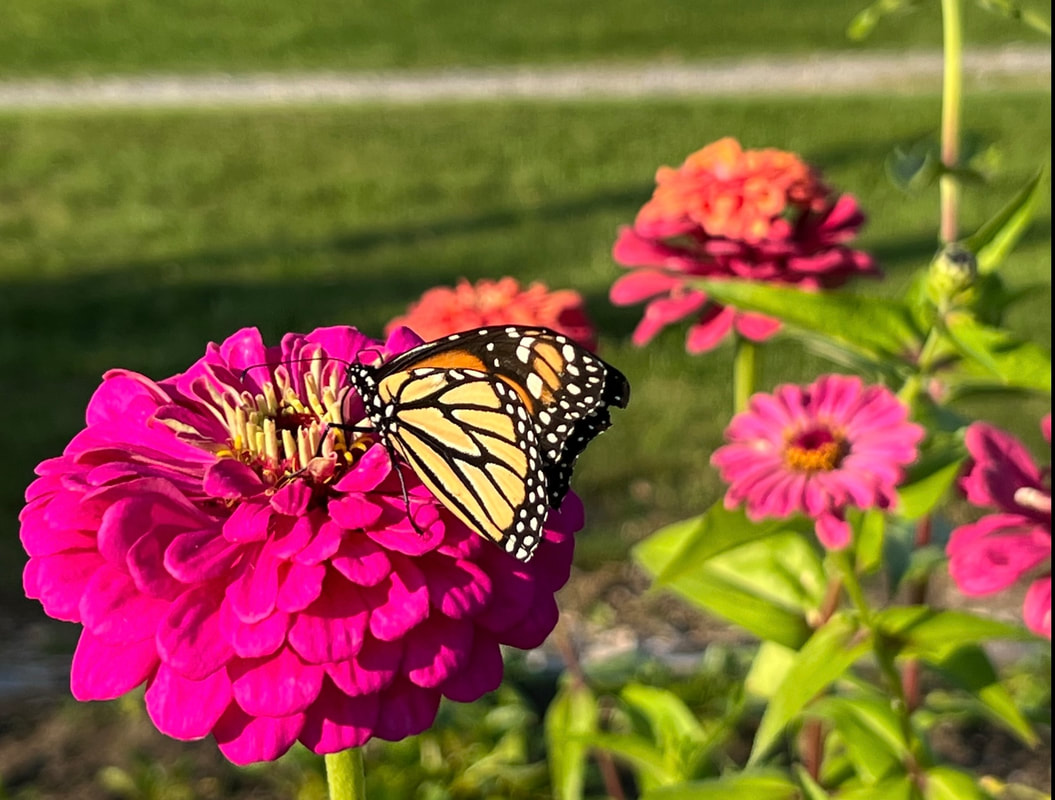
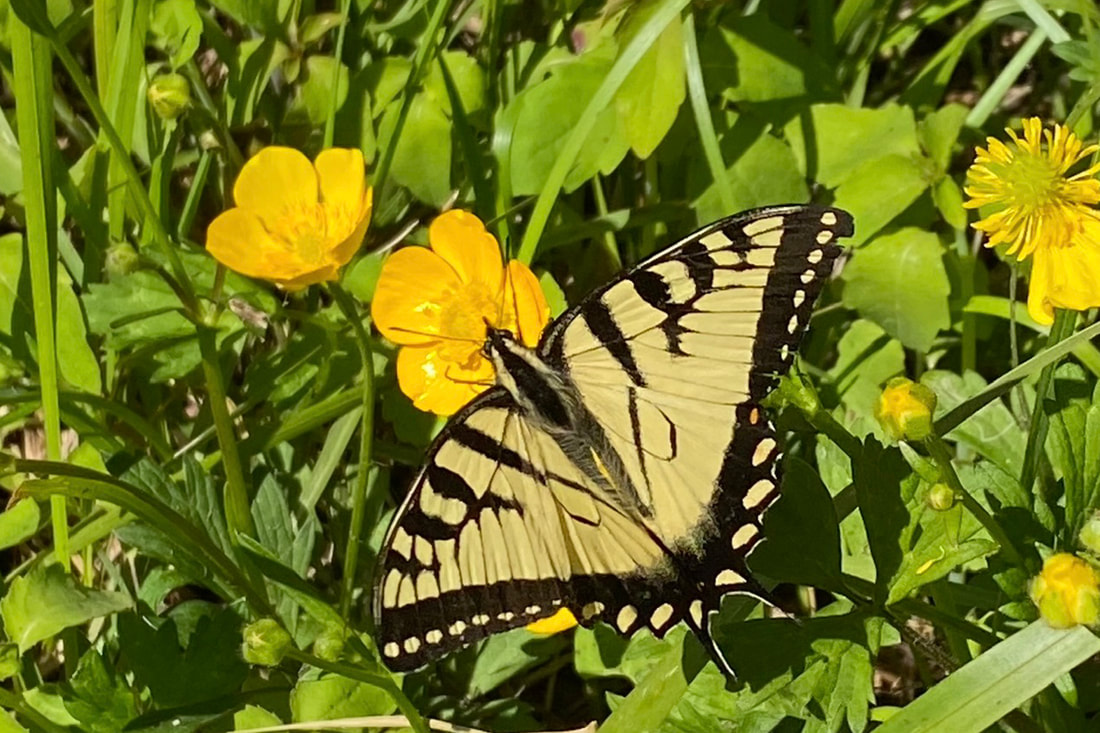
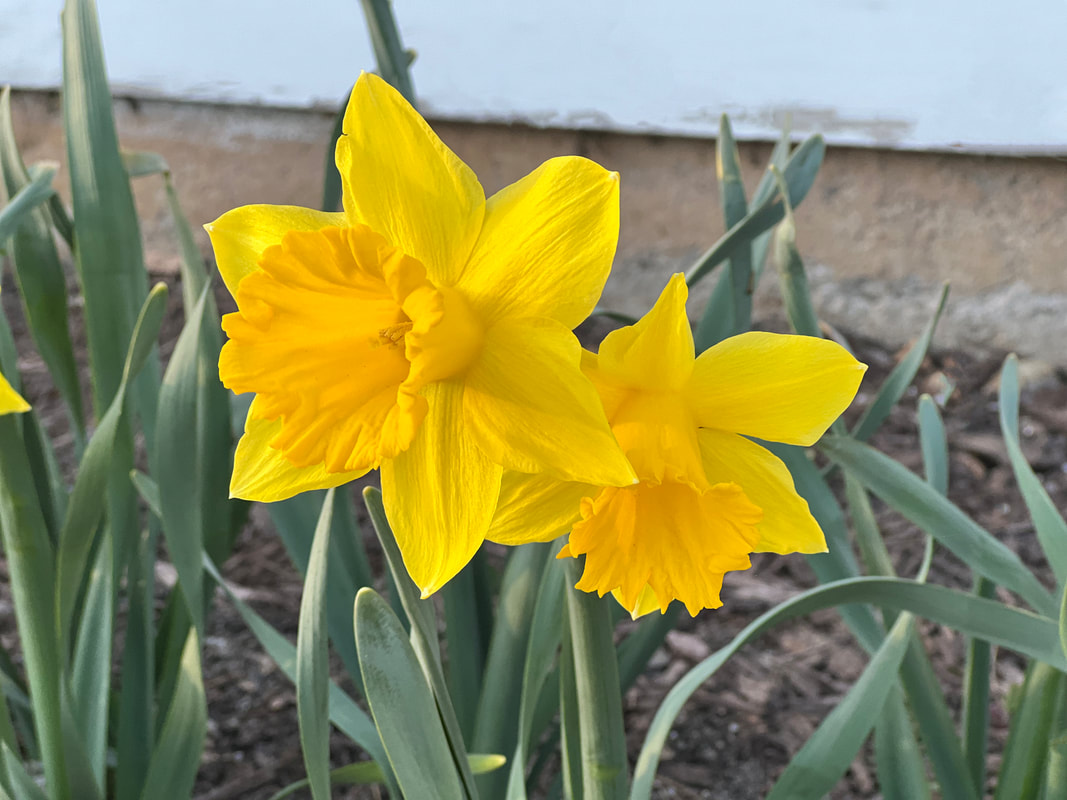
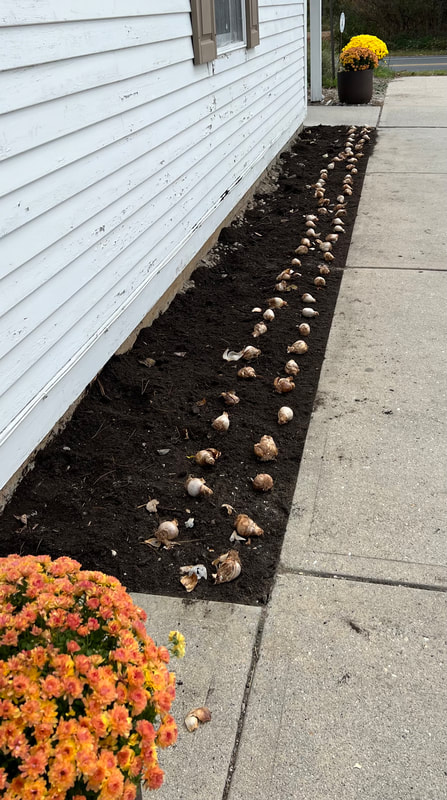
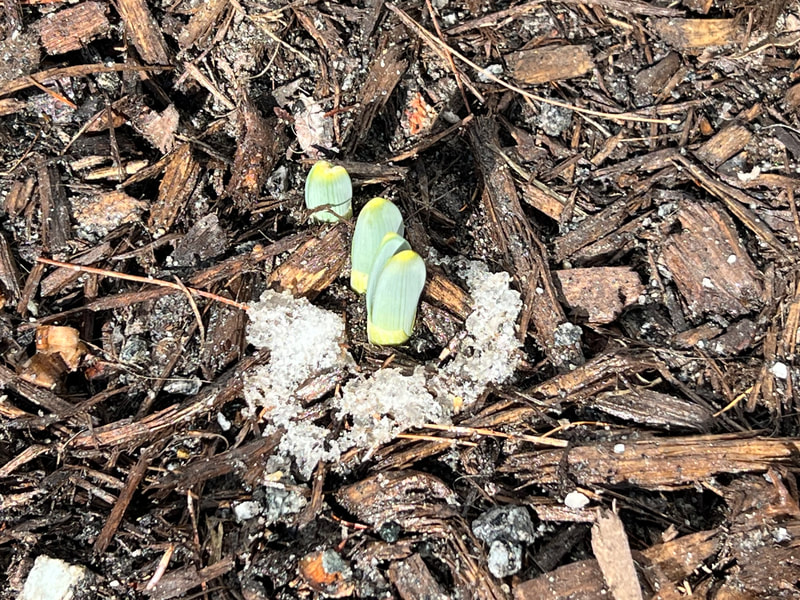
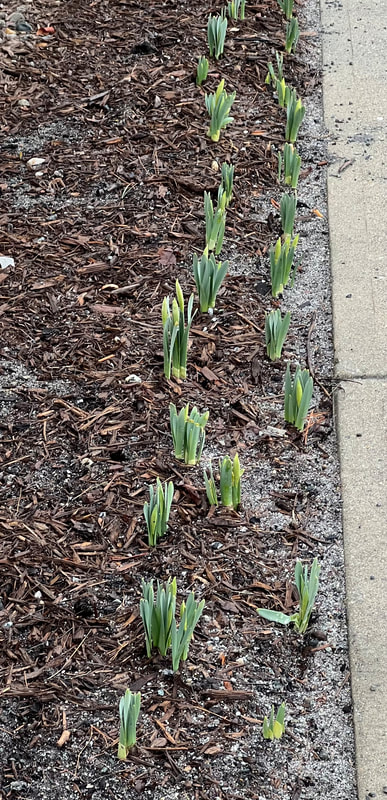
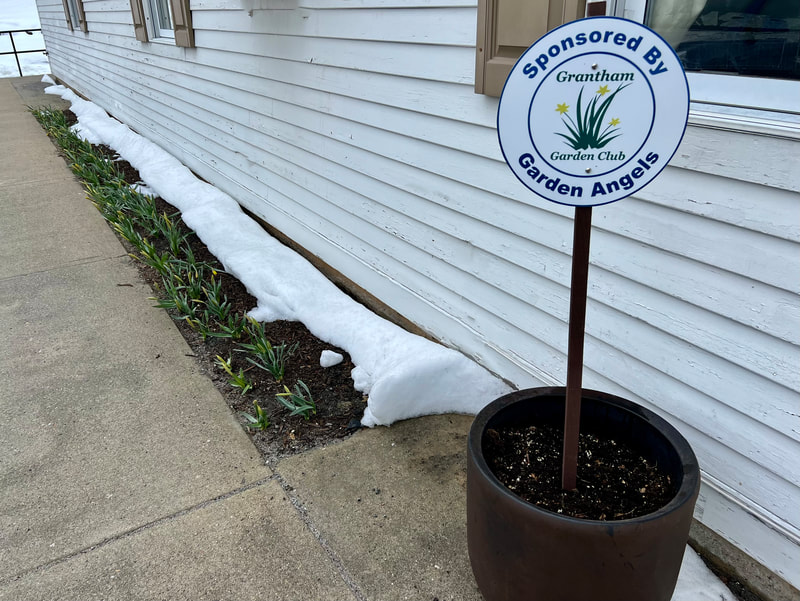
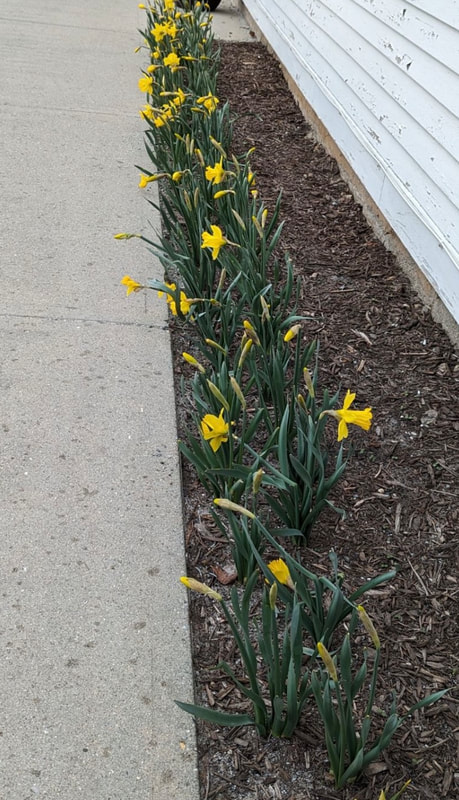
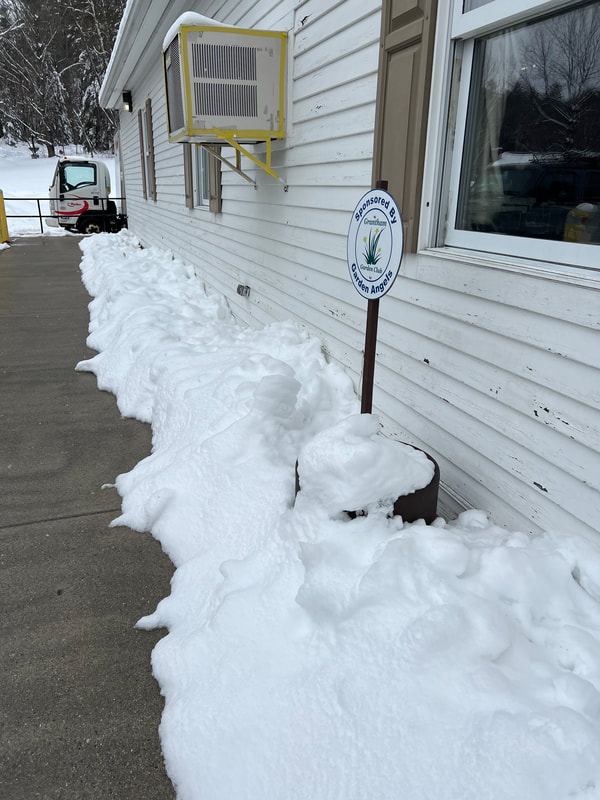
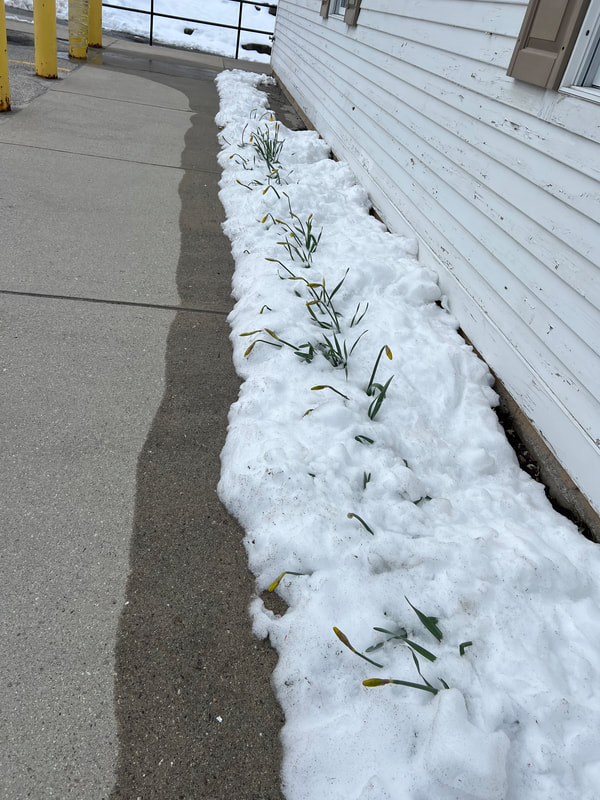
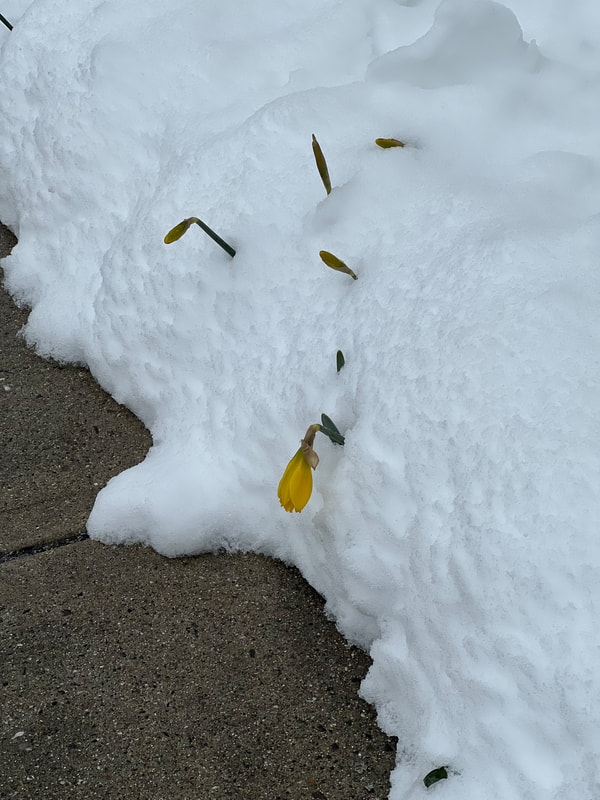
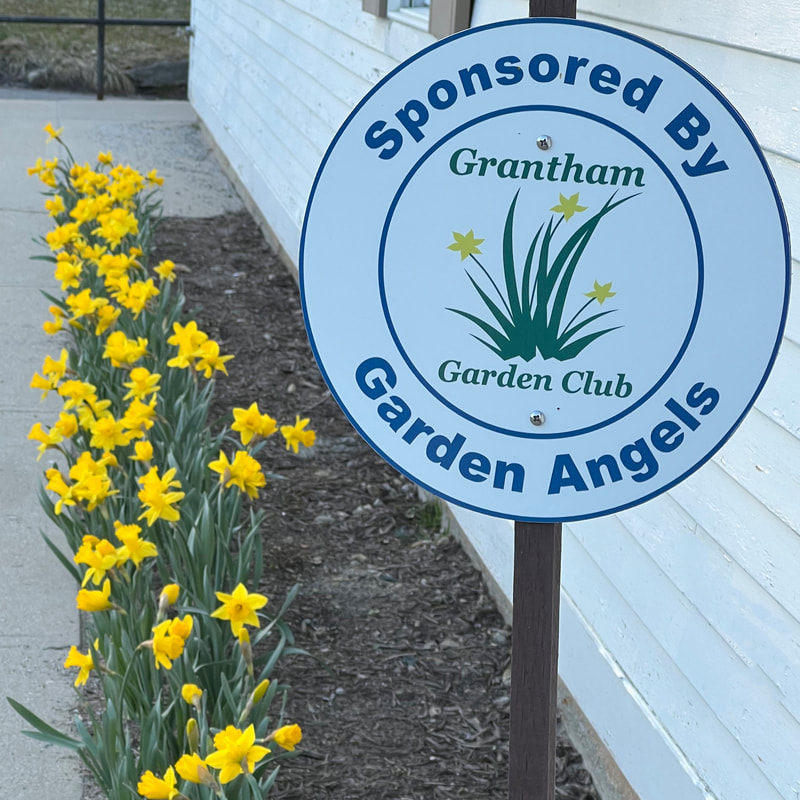
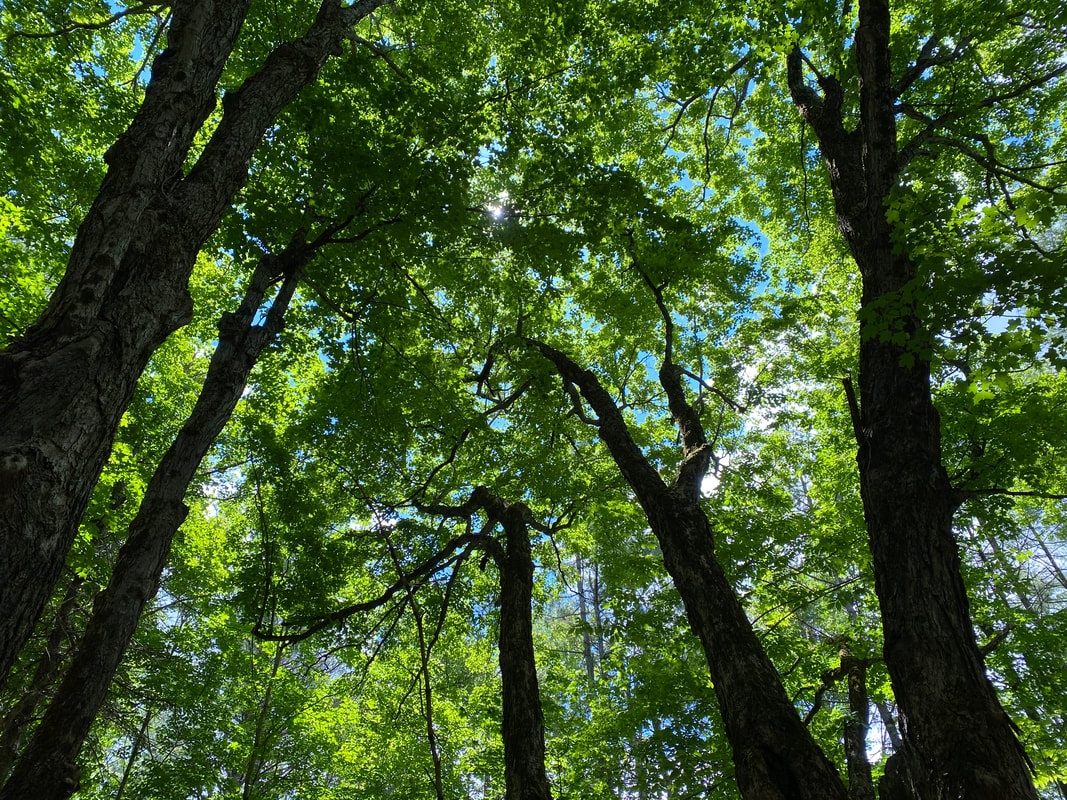
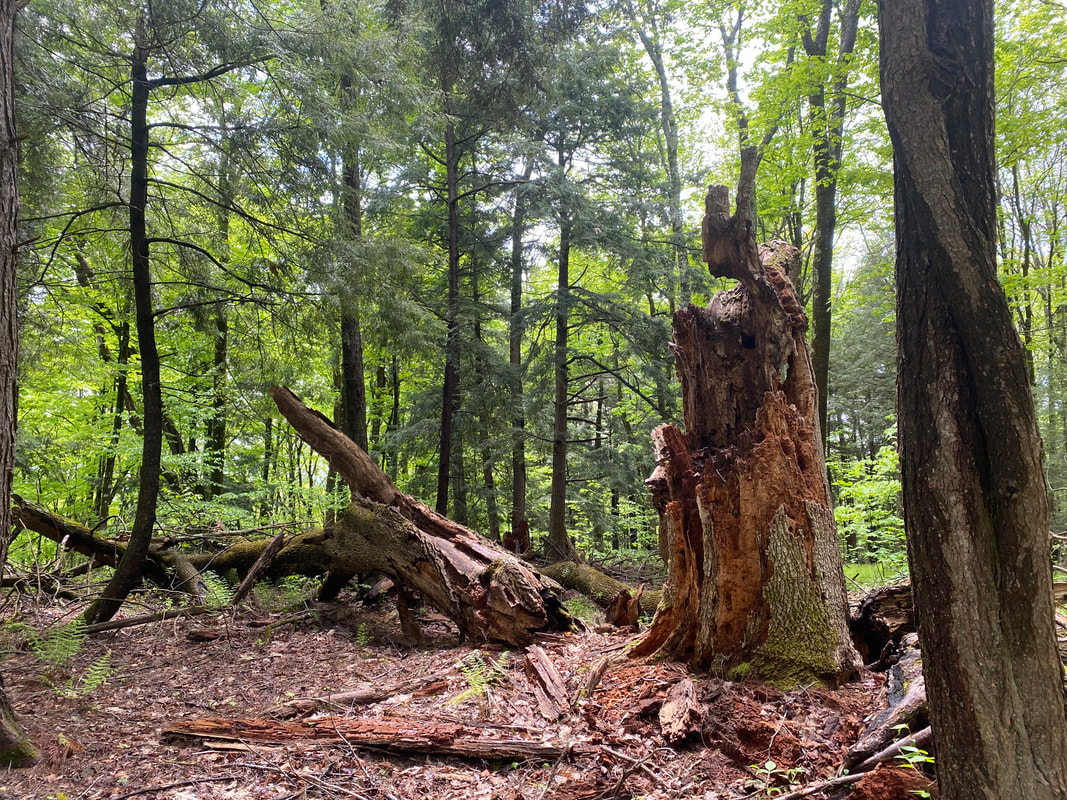
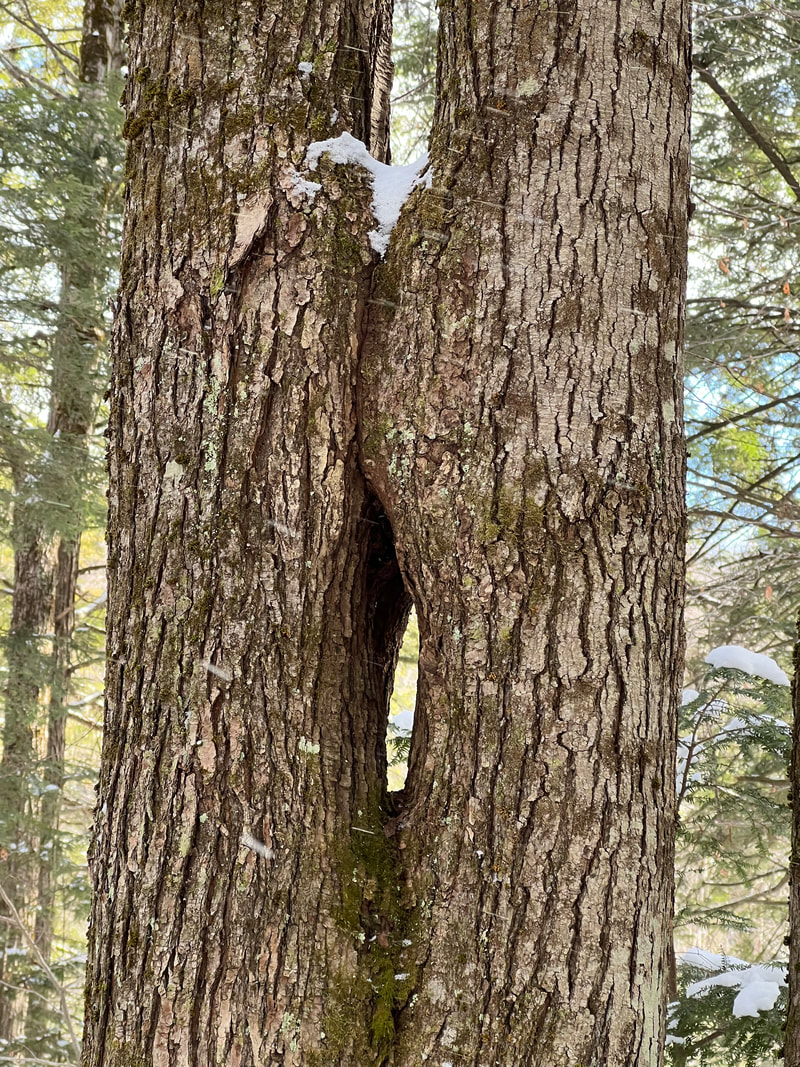

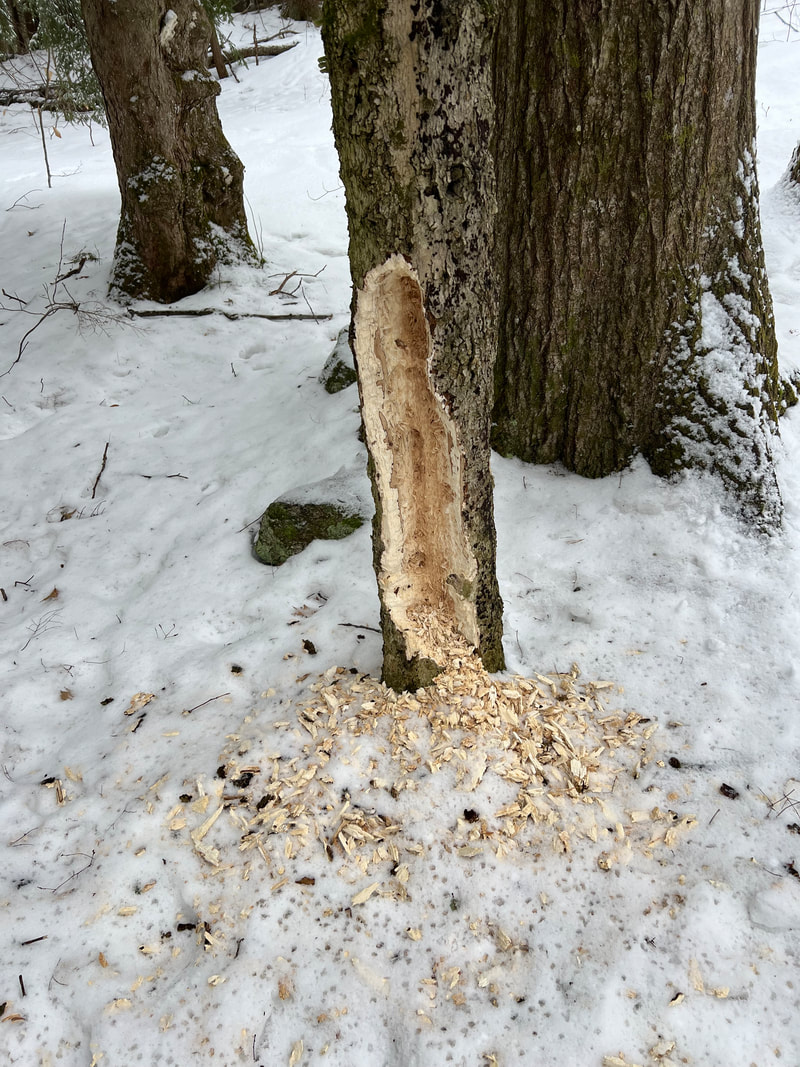
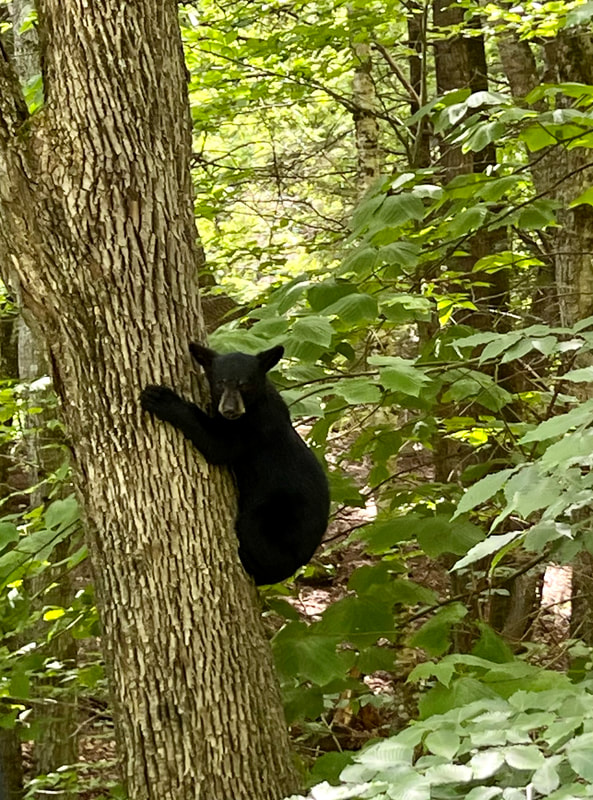
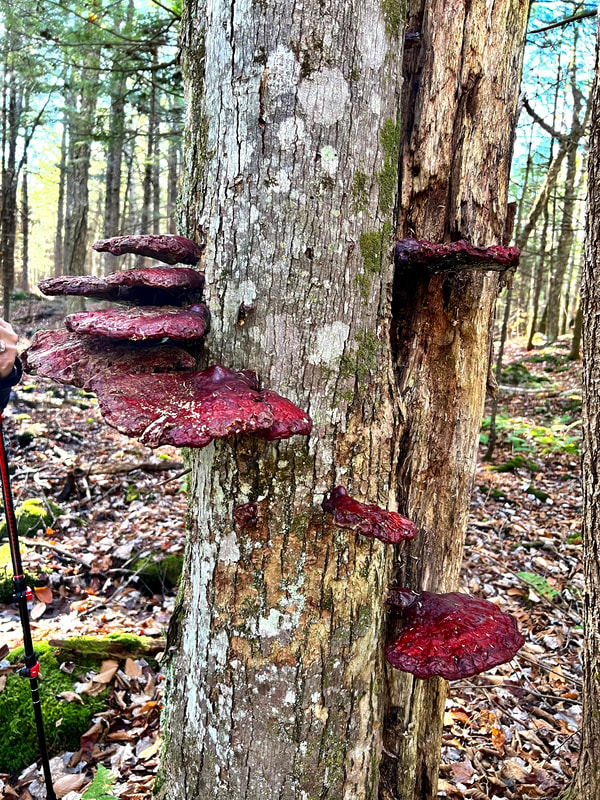
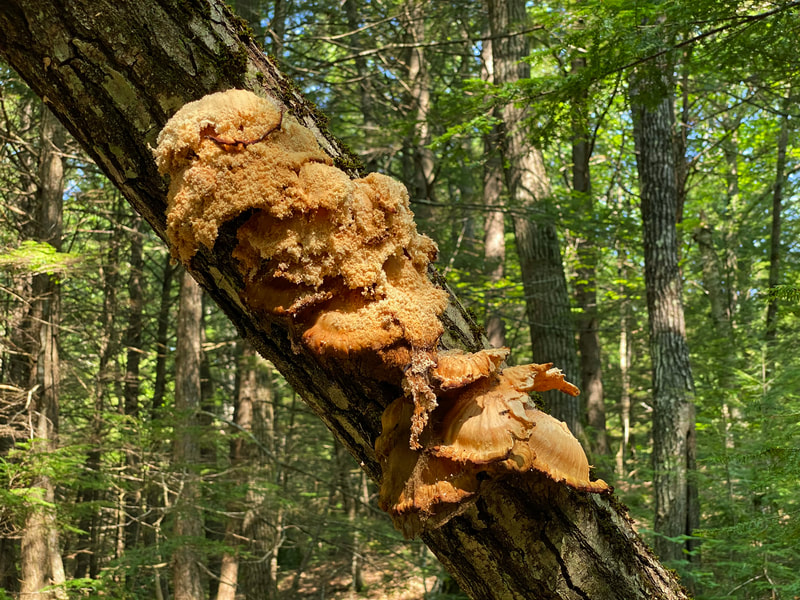
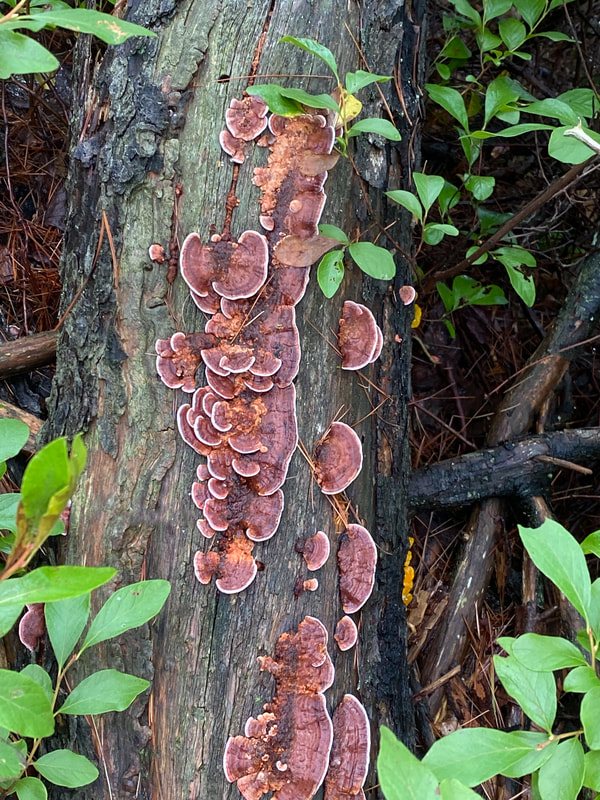
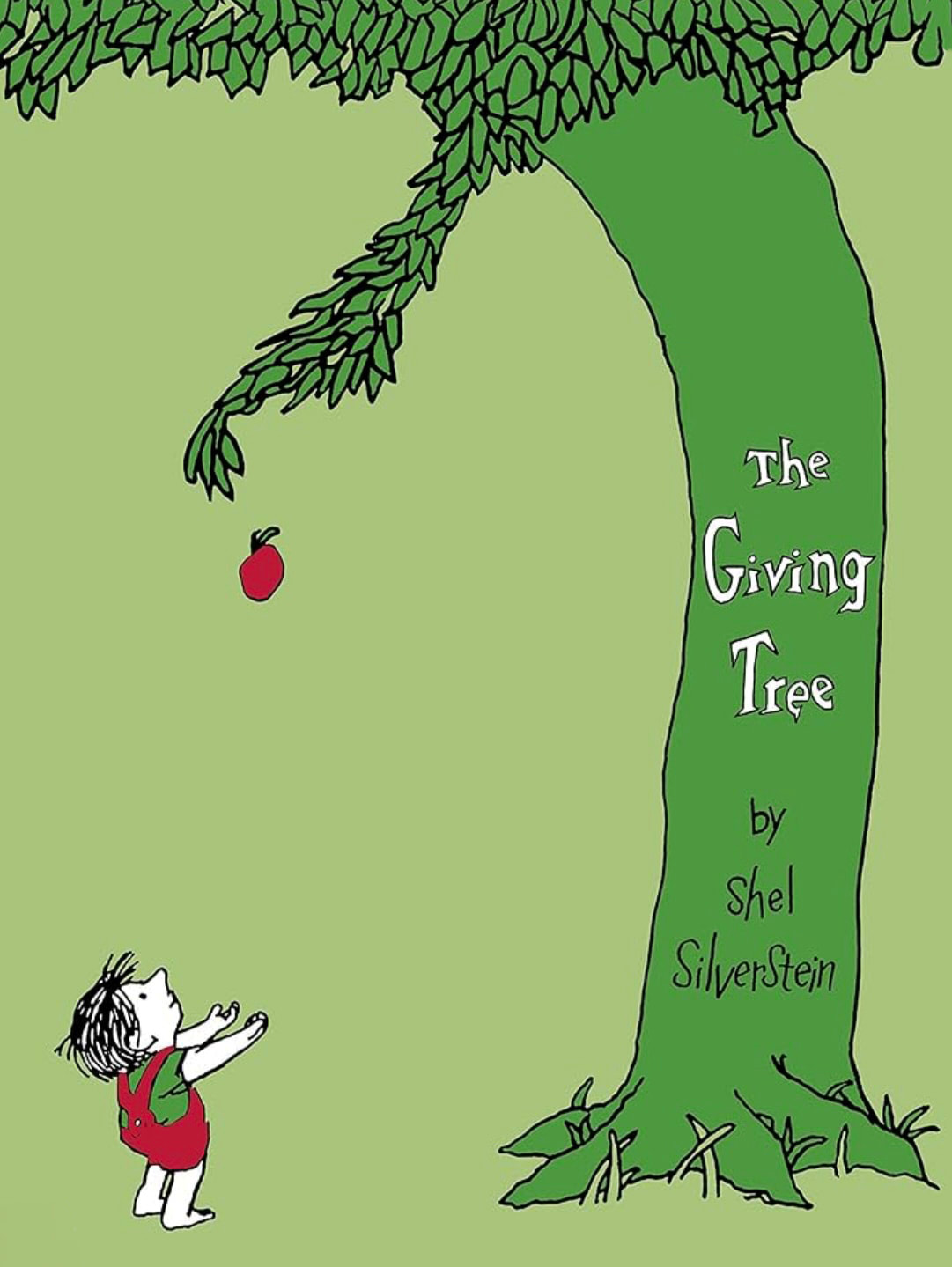
 RSS Feed
RSS Feed